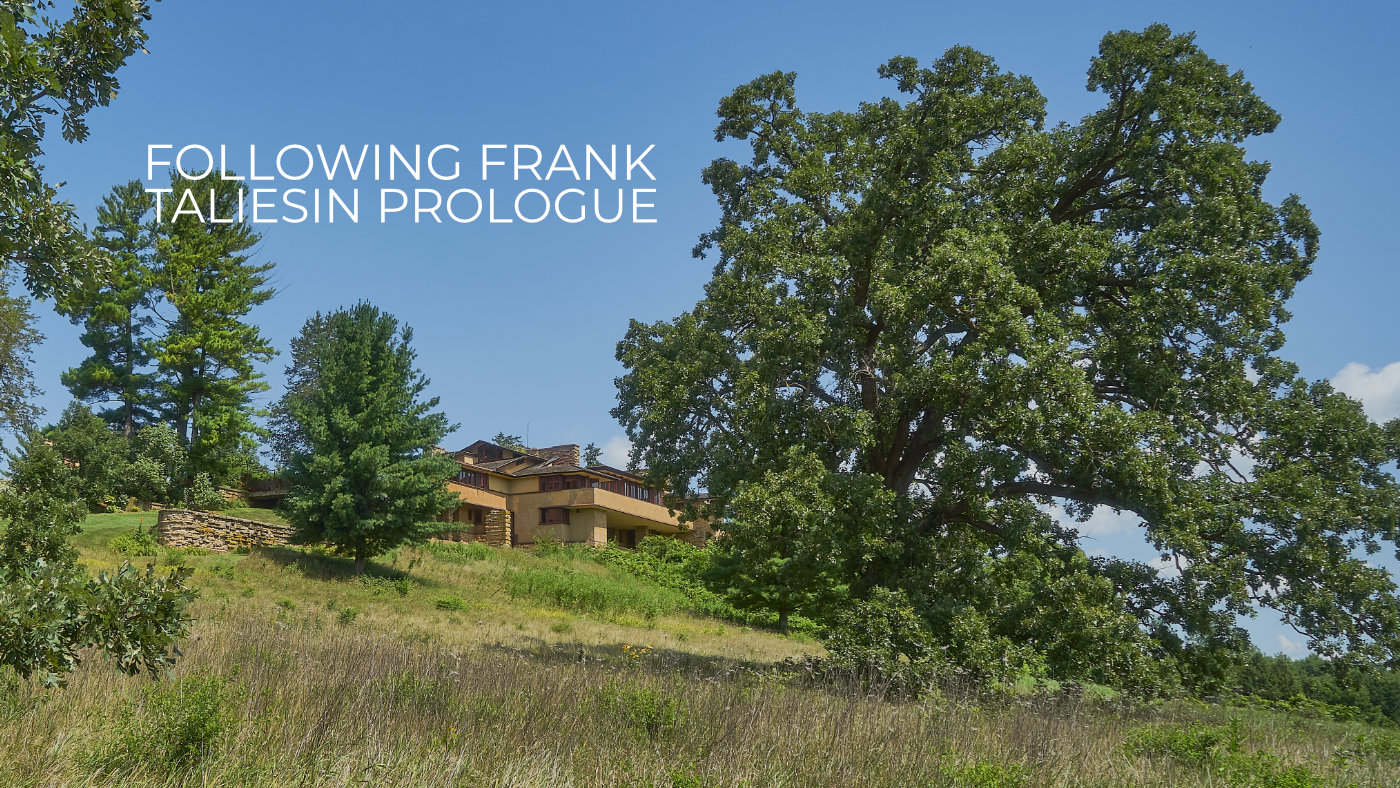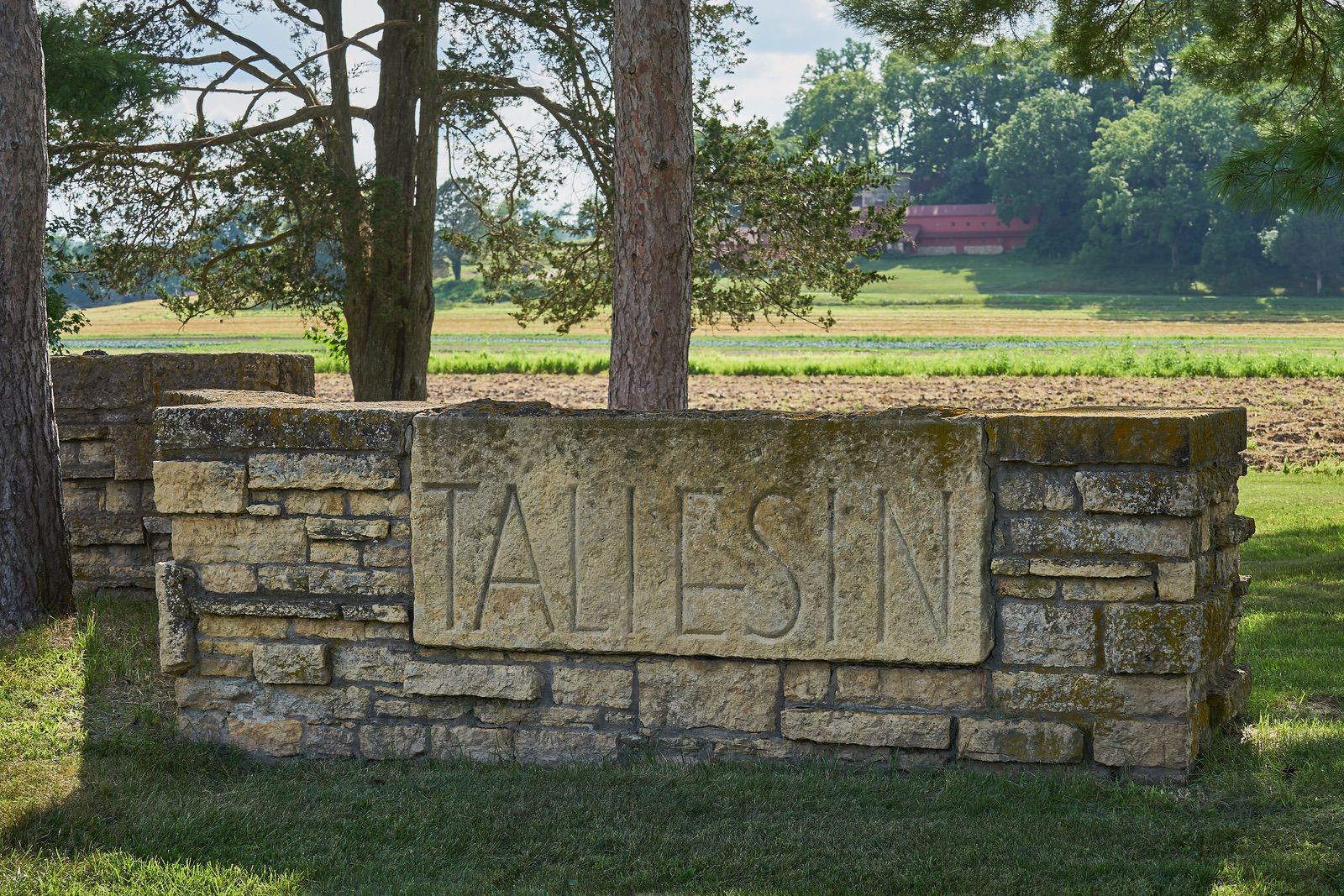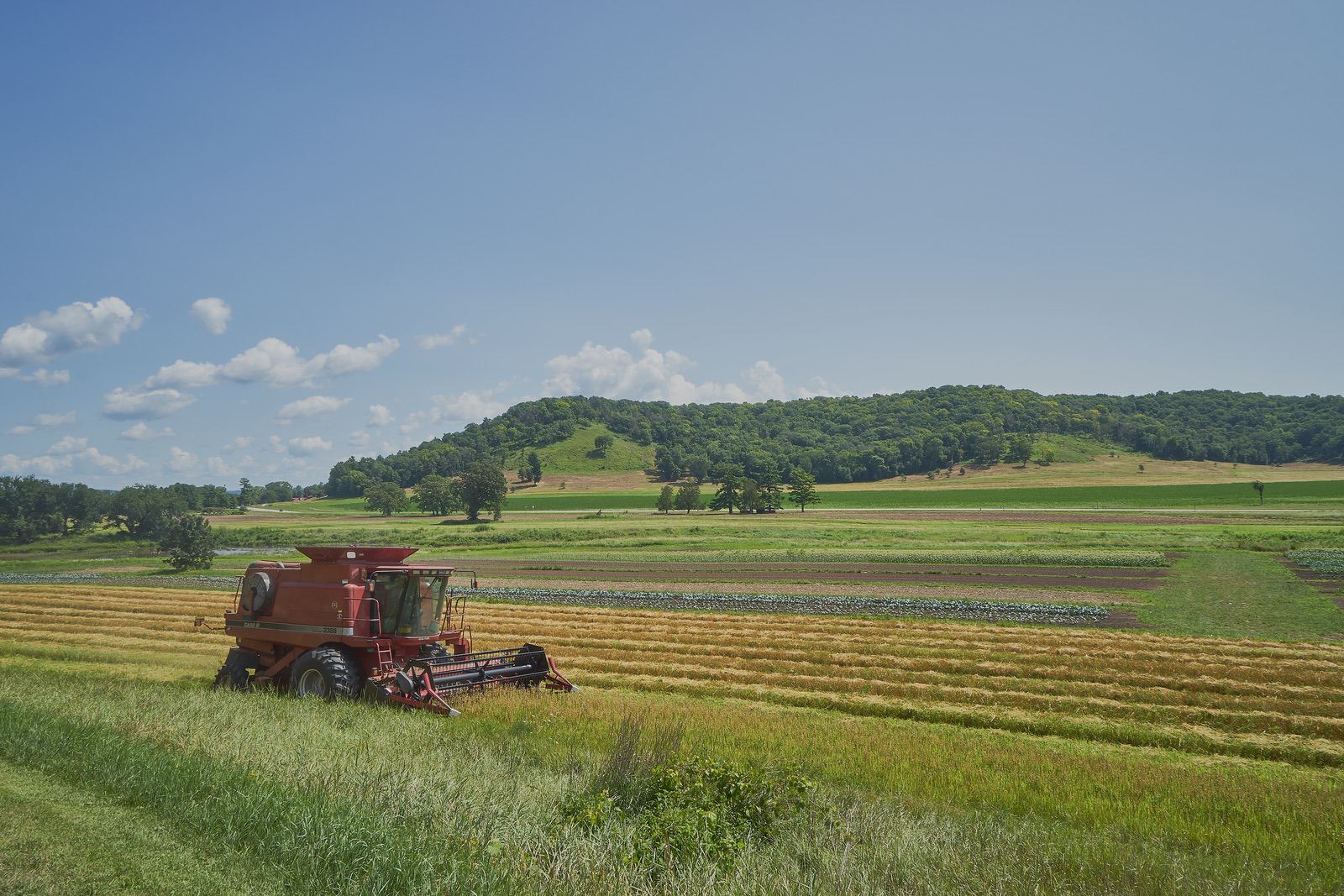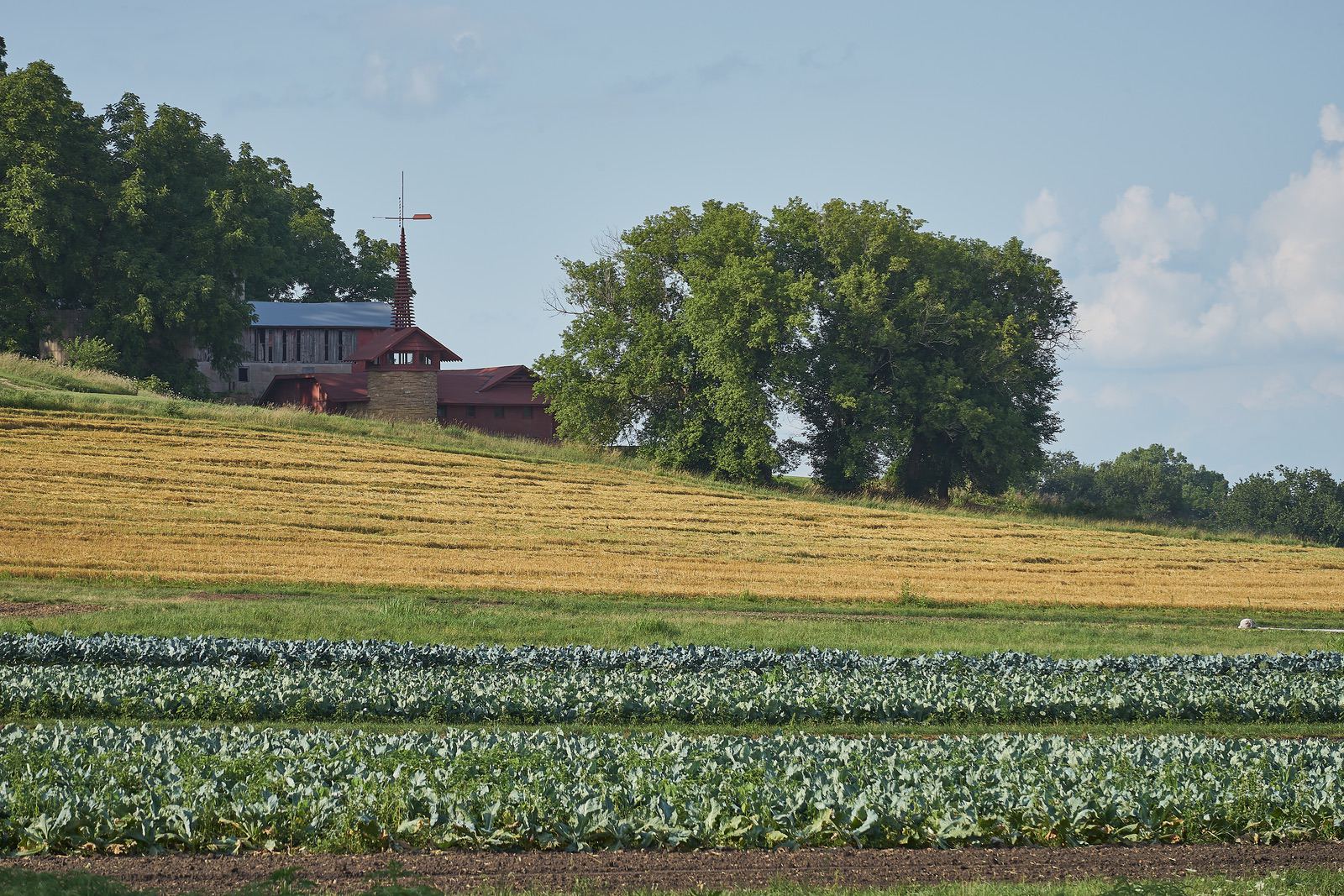
Following Frank: Taliesin Prologue
Until this trip, my lens for viewing Frank Lloyd Wright had always been Fallingwater. It’s how I came to know his work and was the first of his creations that I was ever able to visit. It was easy to Fall in love with the house for its design and the landscape because it was so familiar. The mountains were just like the ones I grew up in, only about an hour away. Years later, I would choose my new home, in no small part, for its proximity to Fallingwater, as well as its distant relationship with Frank Lloyd Wright. When I thought of Wright, Fallingwater was always the very next thing that came to mind. That would change in the last week of July 2018.
I knew about Wright’s life, but I had always been far more interested in his work. What I came to realize, though, is that you cannot separate the work from the man. Wright’s experiences shaped his designs as much as they shaped him. I often think about how the world might be different if Wright had been born a little later, or lived a bit longer. Really, though, had things happened differently, he probably would have never reached the level of success and notoriety that he did. Had he not grown up in such a primitive era, he might never have developed the desire to be more, nor the ability to overcome when the odds were clearly against him.
So much of Frank Lloyd Wright resides in this wide farm valley along the Wisconsin River. Taliesin, and the land on which it resides, as much as any place can, tells his story. The countryside of Wisconsin helped to shape Wright into the man he became. In return, he would carefully shape a small part of that land to match his own vision. It is a sprawling canvas and as beautiful as any piece of land I have ever set my eyes upon. From my very first glimpse, I knew why Wright chose this place as his refuge from the scandal of Chicago…and why he would stay, despite the tragedy that would occur there.
Nearly every stage of Wright’s architectural progression is represented on the road between Dodgeville and Spring Green. The Wyoming Valley School is indicative of the later Usonian designs, while Tan-y-Deri (the home he built for his sister), is in the earlier Prairie style. In between are Taliesin and the Hillside School, both great works of Wright’s Organic Architecture, probably made most famous by Fallingwater. The barn, Unity Chapel, and the visitor center also stand as examples of Wright’s work, throughout his career. Maybe only Oak Park can boast a greater cross-section of his architecture.

More than I ever expected, my visit to Taliesin took everything I thought I knew about Frank Lloyd Wright’s work and turned it on its head. By the end of the day, I would be more in love with the man, his architecture, and his story. Taliesin is inspiring—as much a symbol of perseverance as it is a work of architecture. It is the embodiment of Wright’s belief that humans can live in harmony with the world around them. It is proof that something can be both simple and magnificent…and that such a place can leave an indelible impression on those who are willing to appreciate it.
On July 28th, 2018—two years ago—I began the last part of my first journey into the world of Frank Lloyd Wright. Over my next few posts, I will share my experiences at Taliesin in greater detail.






